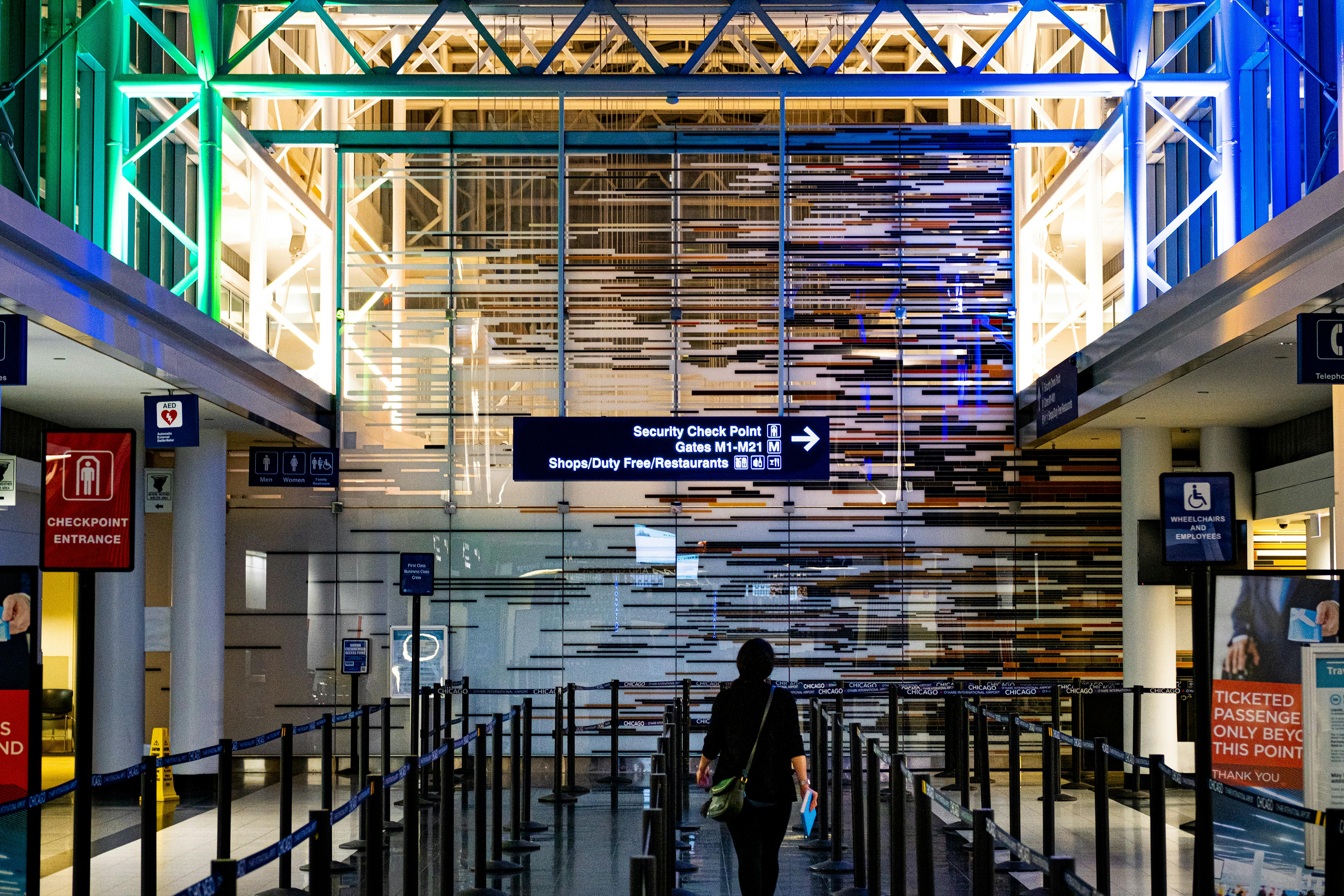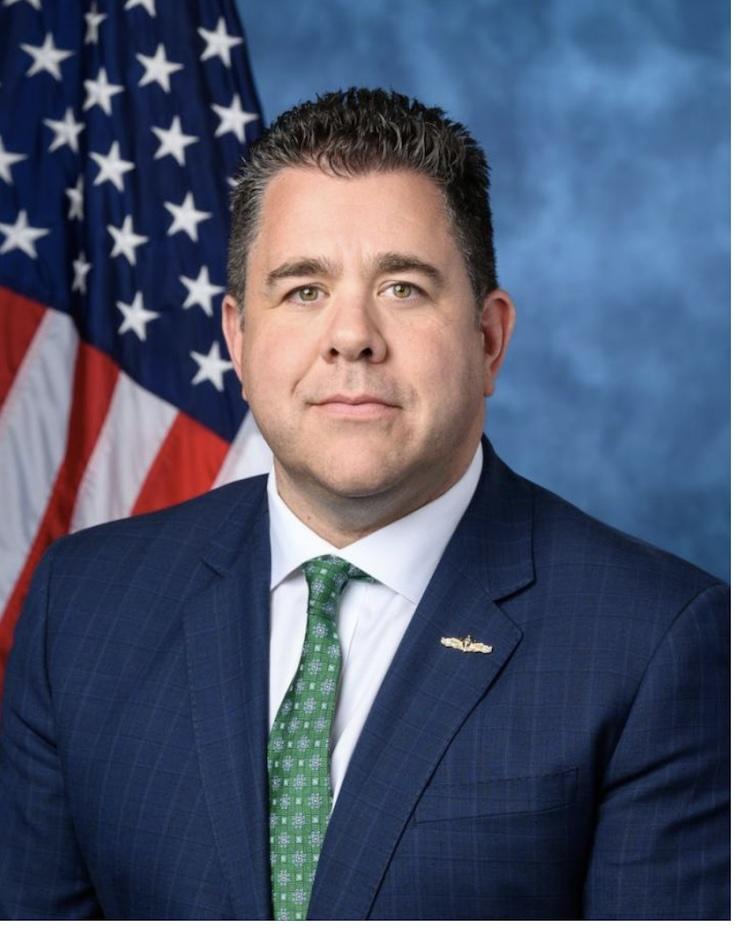The policy change ends a measure in place since 2006, implemented in response to the 2001 attempted bombing by Richard Reid, who hid explosives in his shoes. For nearly two decades, shoe removal remained a requirement for most air travelers, with limited exceptions for TSA PreCheck enrollees.
Technology enables faster, secure screening
DHS officials said the shift was made possible by upgraded screening systems, including 3D CT scanners and enhanced detection capabilities that allow shoes to be scanned while worn.
“TSA will no longer require travelers to remove their shoes when they go through our security checkpoints,” said Secretary Noem during a press conference at Reagan National Airport. “This is about balancing safety and efficiency, especially ahead of major events like the 250th anniversary of our nation and the 2026 World Cup.”
The Transportation Security Administration confirmed that travelers may still be asked to remove shoes during secondary inspections, particularly if footwear triggers scanner alerts or if additional screening is needed based on risk assessment.
PreCheck remains, more changes ahead
The agency clarified that TSA PreCheck still provides additional benefits, including the ability to leave on belts and jackets and to keep laptops and liquids inside carry-on bags. Although the shoes-on rule now applies to all passengers, PreCheck lanes remain faster and less restrictive.
Officials said further streamlining of security processes is under consideration. DHS is reviewing whether it can ease rules related to electronic devices and liquids in carry-on luggage as more airports adopt advanced scanning systems.
Mixed rollout but positive trend
Early reports from airports including LAX, Atlanta, and Chicago O’Hare indicate the policy has helped reduce wait times, though travelers have noted occasional inconsistencies as TSA officers adjust to the new protocol.
TSA Administrator David Pekoske emphasized that the change reflects ongoing efforts to modernize airport security while maintaining public safety.
“This change is the result of years of investment in advanced screening technology and risk-based security measures,”Pekoske said in a public statement.







